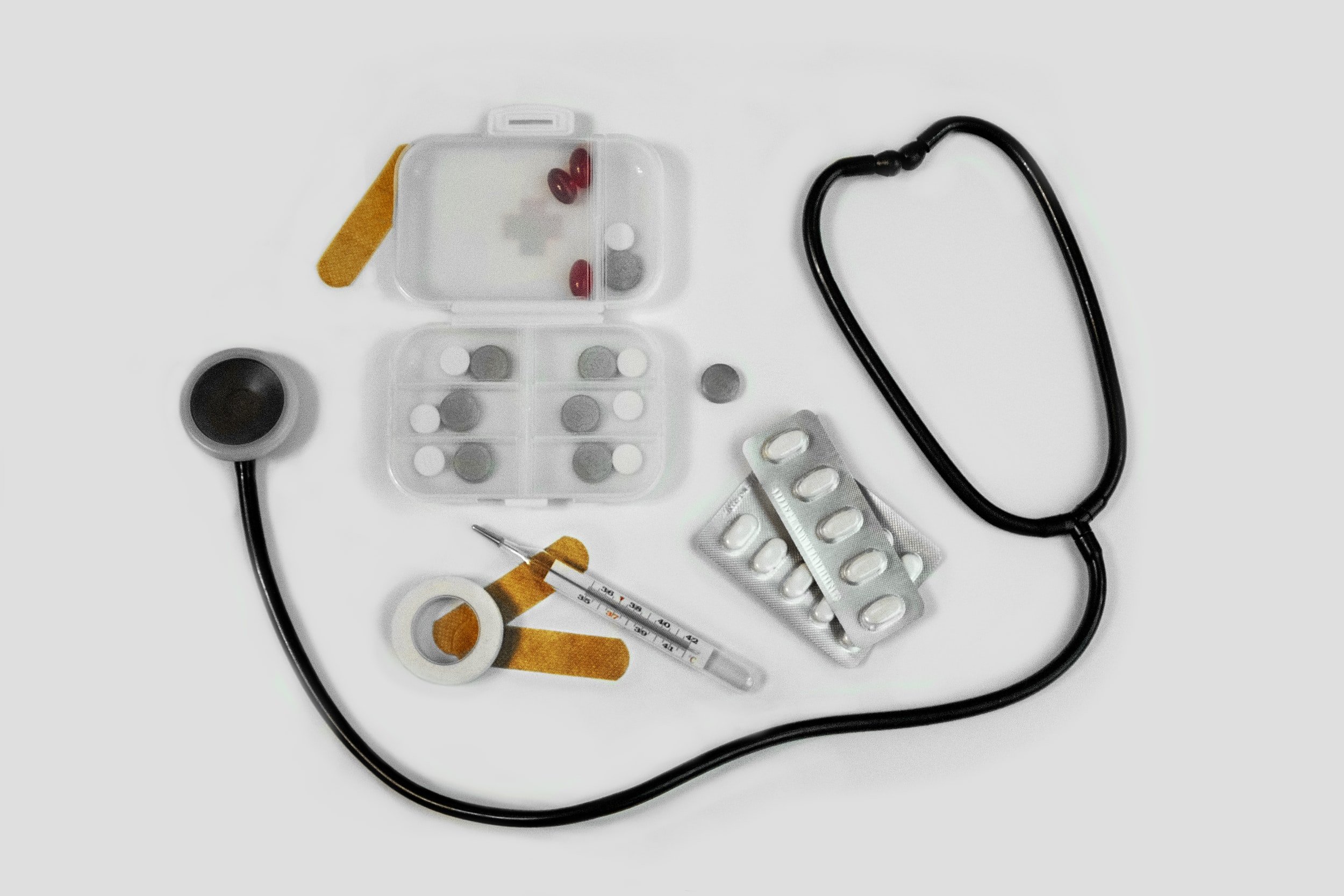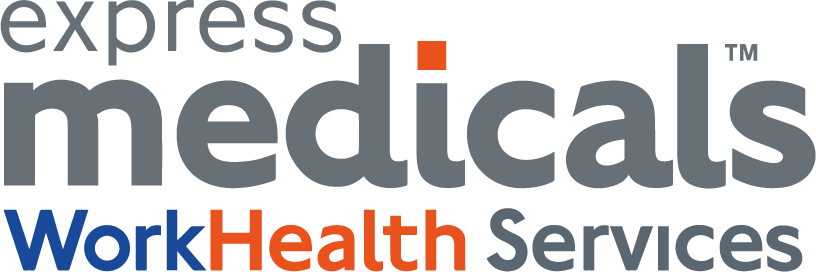
What to Expect at Your Occupational Health Appointment
What to bring to medical assessments
Photo ID. This is mandatory, testing cannot be conducted without valid photo identification.
Prescription Glasses (Reading or Distance) if you wear them as vision testing is a routine part of many assessments.
Glasses prescription. This is for individuals undergoing a train driver or train movement medical
Overview of the medical assessment process
As part of your medical assessment, you will be asked to complete a questionnaire relevant to your role. One of our technicians will review your responses during your appointment.
The questionnaire typically covers the following:
Your job role or title
The environment you work in and any potential hazards
General health and medical history
If you disclose a medical condition, further information may be requested, such as:
Date of diagnosis
Any past or current treatments
Medications you are taking
How the condition affects your daily life
All information provided is strictly confidential and will not be shared with your employer without your explicit consent.
Practical testing during your medical
After completing the health questionnaire, a technician will carry out a series of practical tests based on the type of medical you are undertaking.
These may include:
Height, weight, and Body Mass Index (BMI)
Blood pressure and pulse rate/regularity
Ishihara colour vision screening
Distance, near, and peripheral vision testing
Mobility, flexibility, and balance assessment
Urinalysis (screening for protein, glucose, and blood)
Audiometry (hearing test)
For more specialised medicals, additional tests may be conducted, such as:
Spirometry or Peak Flow testing (lung function)
Electrocardiogram (ECG)
Tecumseh Step Test
Chester Step Test
Grip strength measurement
Point-of-care glucose or cholesterol testing
Assessment outcomes
Following your assessment, the technician will usually be able to provide an immediate outcome. However, in some cases, particularly with train driver medicals, results will require review by an Occupational Health Physician before a final decision is made.
The potential outcomes include:
Full pass
You meet the medical standards required for your role. A certificate or report confirming this will be sent to the assigned results recipient of the appointment.
Fit with restriction
In some cases, a restriction may be applied to ensure workplace safety, for yourself and others. This is typically due to a medical condition that raises concerns related to job-specific risks. The nature of the restriction will be noted on the report or certificate; however, no specific medical details will be disclosed.
Two-month pass
This shorter-term pass is issued when additional medical information is required (e.g. from your GP or a specialist). At the end of your assessment, we will provide you with a letter to share with the relevant healthcare professional(s), outlining the information needed. Once this information has been received and reviewed, a final decision will be made, and your certificate may be updated with an extended validity.
Unfit
At the time of your assessment, you do not meet the medical standards required for your role. This may be due to a medical condition or the use of certain medications that could impact your ability to work safely. This outcome is not necessarily final and may be reviewed if further information is provided by your GP and/or specialist.
Any additional information required for temporary or unfit outcomes must be provided within six months of your original assessment date. If this timeframe is exceeded, a new medical assessment will be necessary.
Health Surveillance assessment outcomes
Following your assessment you will not be provided with an immediate outcome as Health Surveillance results will be interpreted by a Occupational Health Advisor or Physician.
Fit for the role
Your health surveillance results indicate no abnormalities. You are deemed fit to continue working in your current role with no further action required.
Fit with recommendations
In some cases, recommendations may be provided to support your continued safety at work, as well as that of others. These recommendations will be detailed in your report. If any results fall below expected standards, a workplace risk assessment may be advised to determine appropriate control measures.
Removal from exposure
If your results show significant abnormalities, a recommendation may be made for temporary removal from exposure to specific workplace hazards. This precautionary measure is intended to protect your health while further investigation is carried out, particularly to assess whether the condition is work-related and medically stable. This outcome is not necessarily final and may be reconsidered upon receipt of further information from your GP or a relevant specialist.
Overview of the drug and alcohol testing process
What to bring
Photo ID. This is mandatory, testing cannot be conducted without valid photo identification.
A copy or list of prescription medications taken within the last 14 days
How to prepare
Alcohol Test – Do not eat or drink anything 15 minutes prior to the breathalyser test.
Urine Drug Test – If a urine test is scheduled, please ensure you can provide a sample by staying hydrated before your test.
What to expect during the test
The technician will begin by confirming your personal details and explaining the drug and alcohol testing process.
Alcohol Testing
A breathalyser test will be conducted by having you blow into a device that instantly measures the presence of alcohol in your system. If alcohol is detected, a second breath test will be carried out 15 minutes after the initial reading to confirm the result.
Drug Testing methods
Drug testing may be conducted using one of the following methods:
Urine – Instant result or sent to a laboratory
Saliva – Instant result or sent to a laboratory
Hair – Laboratory testing only
The results of your testing will be sent to the assigned results recipient of the appointment.
For a Urine Test the technician will:
Ask you to empty your pockets (a secure location will be provided for your belongings)
Request that you choose a testing kit at random
Put blue dye in the toilet and instruct you not to flush
Tell you not to wash your hands until specified
This is all to protect the security and integrity of the urine collection.
For a Saliva Test the technician will:
Ask you to choose a testing kit at random
Ask you to place the testing swab in your mouth, this may take up to 7 minutes
For the Hair Test the technician will:
Select a section of hair approximately 1cm in width and cut the hair as close to the scalp as possible.
If the instant tests (Urine or Saliva) come back as a non-negative result the sample will need to be sent to the laboratory for further analysis. In cases of saliva another sample will need to be obtained.
